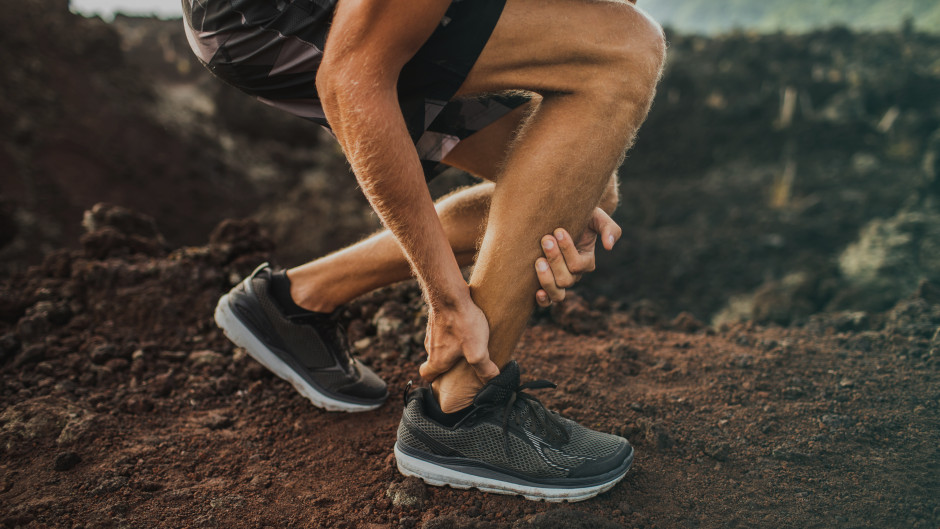Decoding Tendinopathy: Basics Every Athlete Should Know
What is Tendinopathy?
Tendinopathy is a common condition characterized by pain, swelling, and impaired function of a tendon. When tendons become irritated or inflamed, it can lead to tendinopathy, which can occur in any tendon in the body but is most common in the shoulders, elbows, wrists, knees, and ankles.
If you want to learn more about this topic, you can watch Dr. Luciana De Michelis Mendonça's lecture here:
Is tendinopathy a continuum?
Tendon pathology can be described as a continuum which has 3 stages reactive tendinopathy, tendon dysrepair (failed healing) and degenerative tendinopathy. As it is a continuum, there is continuity between stages.
Reactive tendinopathy: Is a non-inflammatory proliferative response in the cell and matrix which occurs with acute tensile or compressive overload. Clinically, it results from acute overload, usually a burst of unaccustomed physical activity
Tendon dysrepair: Describes the attempt at tendon healing, similar to reactive tendinopathy but with greater matrix breakdown.
Degenerative tendinopathy: The final stage involves chronic changes in the tendon structure, such as collagen breakdown, fiber disorganization, and the presence of abnormal cells. It often leads to persistent pain and functional impairment
What factors increase the risk of developing Tendinopathy?
They include:
- Increase in speed of running and walking
- Increase in training volume
- Increase in intensity of jumping/ hopping/ kicking
- Poor flexibility
Clinical presentation of tendon pain
1. Tendons pain occurs instantly with loading and usually ceases almost immediately when the load is removed.
2. There is often increased pain the day after energy-storage activities.
3. Dose-dependent pain is a key feature, and assessment should demonstrate that the pain increases as the magnitude or rate of application of the load on the tendon increases.
4 key aspects of managing tendinopathy
1.Education and Activity Modification:
Educating the patient about the condition and advising on modifying activities or sports that exacerbate symptoms can be crucial. This includes avoiding activities that worsen pain and adopting proper techniques to reduce strain on the affected tendon.
2. Load Management:
Gradually loading the tendon through progressive exercises can stimulate tissue healing and strengthen the affected area. This often involves eccentric exercises, where the muscle contracts while lengthening, to improve tendon resilience.
3. Manual Therapy:
Techniques such as soft tissue massage, mobilizations, and joint manipulation can help improve tissue flexibility, reduce muscle tightness, and alleviate pain.
4. Progressive Return to Activity:
Once symptoms subside, a gradual return to sports or activities is important to prevent re-injury
If you want to learn more about this topic, you can watch Dr. Luciana De Michelis Mendonça's lecture here:
Source:
1. Lecture ‘Patellar Tendinopathy’ by Dr Luciana De Michelis Mendonça



